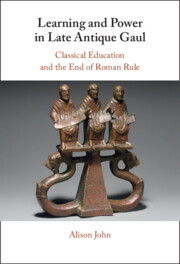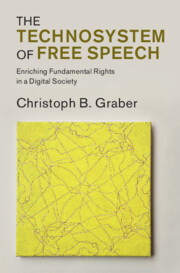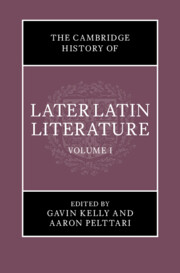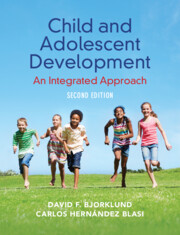Refine search
Actions for selected content:
3388489 results
Empire and Peripheries
- Tribalism, Resistance and British Colonialism in Balochistan
- Coming soon
-
- Expected online publication date:
- December 2025
- Print publication:
- 31 October 2025
-
- Book
- Export citation

Cognition and Conspiracy Theories
- Coming soon
-
- Expected online publication date:
- December 2025
- Print publication:
- 31 December 2025
-
- Element
- Export citation

Animal Illness and the Literary Imagination
- A Cultural History of Animal Disease Management
- Coming soon
-
- Expected online publication date:
- December 2025
- Print publication:
- 31 December 2025
-
- Book
- Export citation

Global China for Africa's Industrialization?
- Coming soon
-
- Expected online publication date:
- December 2025
- Print publication:
- 31 December 2025
-
- Element
- Export citation

Immigration and Borders in Ancient Egypt
- Coming soon
-
- Expected online publication date:
- December 2025
- Print publication:
- 31 December 2025
-
- Element
- Export citation
Tensors
- Basics and Applications with Scilab Problems
- Coming soon
-
- Expected online publication date:
- December 2025
- Print publication:
- 01 April 2027
-
- Textbook
- Export citation

The Communist Party of China
- Understanding the Durability of the World's Most Powerful Political Organization
- Coming soon
-
- Expected online publication date:
- December 2025
- Print publication:
- 31 December 2025
-
- Book
- Export citation

Learning and Power in Late Antique Gaul
- Classical Education and the End of Roman Rule
- Coming soon
-
- Expected online publication date:
- December 2025
- Print publication:
- 31 December 2025
-
- Book
- Export citation
Leo XIII and the Rise of Neo-Thomism
- Coming soon
-
- Expected online publication date:
- December 2025
- Print publication:
- 31 December 2025
-
- Element
- Export citation
Between Empire and Nation
- South Asian Humanitarianism in the late Colonial Period
- Coming soon
-
- Expected online publication date:
- December 2025
- Print publication:
- 01 April 2027
-
- Book
- Export citation
Chinese Global Environmentalism
- Coming soon
-
- Expected online publication date:
- December 2025
- Print publication:
- 31 December 2025
-
- Element
- Export citation

Irish Romanticism
- A Literary History
- Coming soon
-
- Expected online publication date:
- December 2025
- Print publication:
- 31 December 2025
-
- Book
- Export citation

The Technosystem of Free Speech
- Enriching Fundamental Rights in a Digital Society
- Coming soon
-
- Expected online publication date:
- December 2025
- Print publication:
- 31 December 2025
-
- Book
- Export citation

Diachronic Narratology in Greek Myth
- Coming soon
-
- Expected online publication date:
- December 2025
- Print publication:
- 31 December 2025
-
- Element
- Export citation

The Cambridge History of Later Latin Literature
- Coming soon
-
- Expected online publication date:
- December 2025
- Print publication:
- 31 December 2025
-
- Book
- Export citation

The Cambridge History of Later Latin Literature
- Coming soon
-
- Expected online publication date:
- December 2025
- Print publication:
- 31 December 2025
-
- Book
- Export citation
US Business Cycles 1954–2020
- Sources, Symptoms, Solutions
- Coming soon
-
- Expected online publication date:
- December 2025
- Print publication:
- 31 December 2025
-
- Book
- Export citation

The Fascist Zenith
- War and Dictatorship under Axis Rule
- Coming soon
-
- Expected online publication date:
- December 2025
- Print publication:
- 31 December 2025
-
- Element
- Export citation

Child and Adolescent Development
- An Integrated Approach
- Coming soon
-
- Expected online publication date:
- December 2025
- Print publication:
- 31 December 2025
-
- Textbook
- Export citation

Data-Intensive Investigations of English
- Coming soon
-
- Expected online publication date:
- December 2025
- Print publication:
- 31 December 2025
-
- Book
- Export citation
